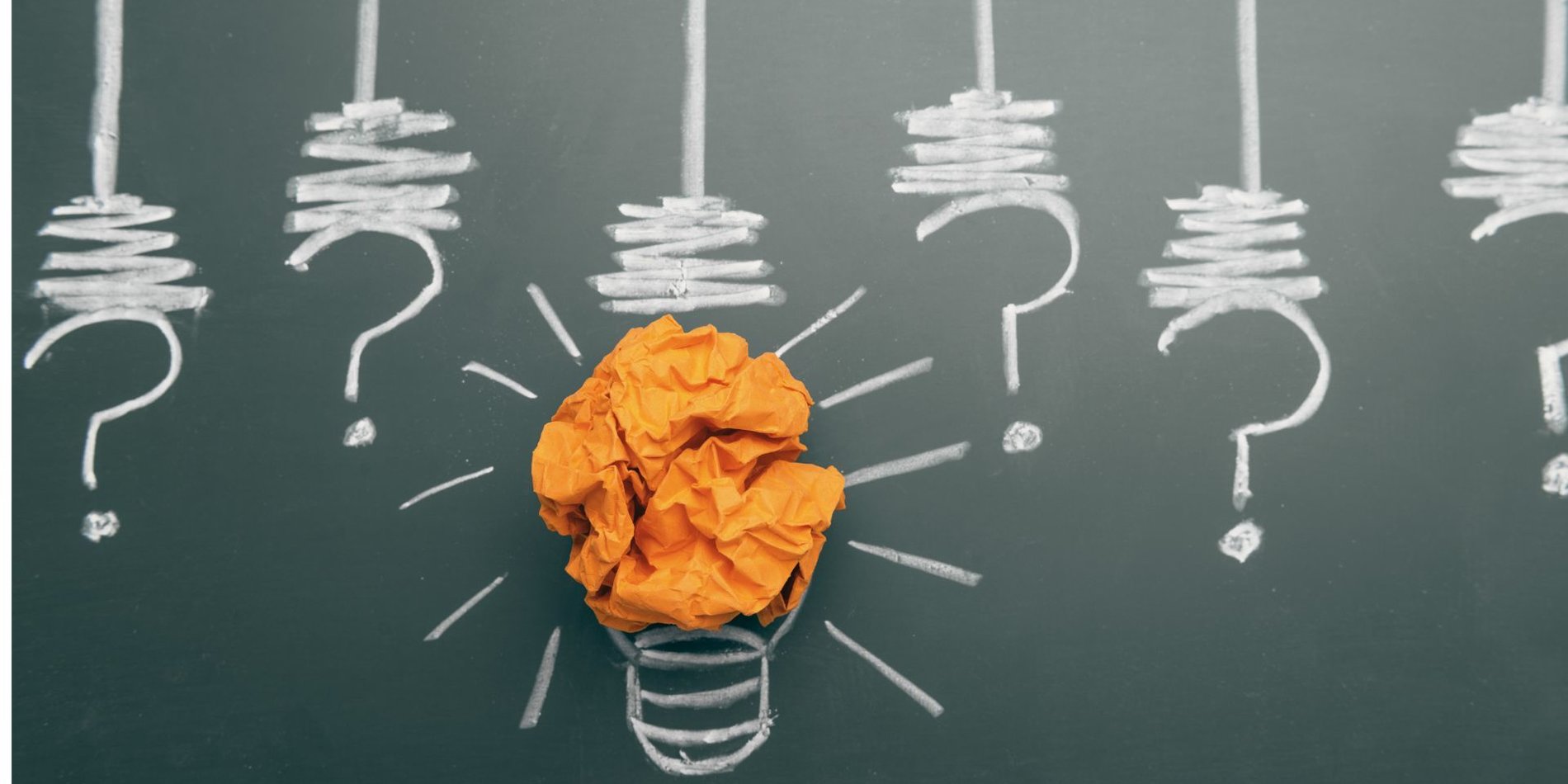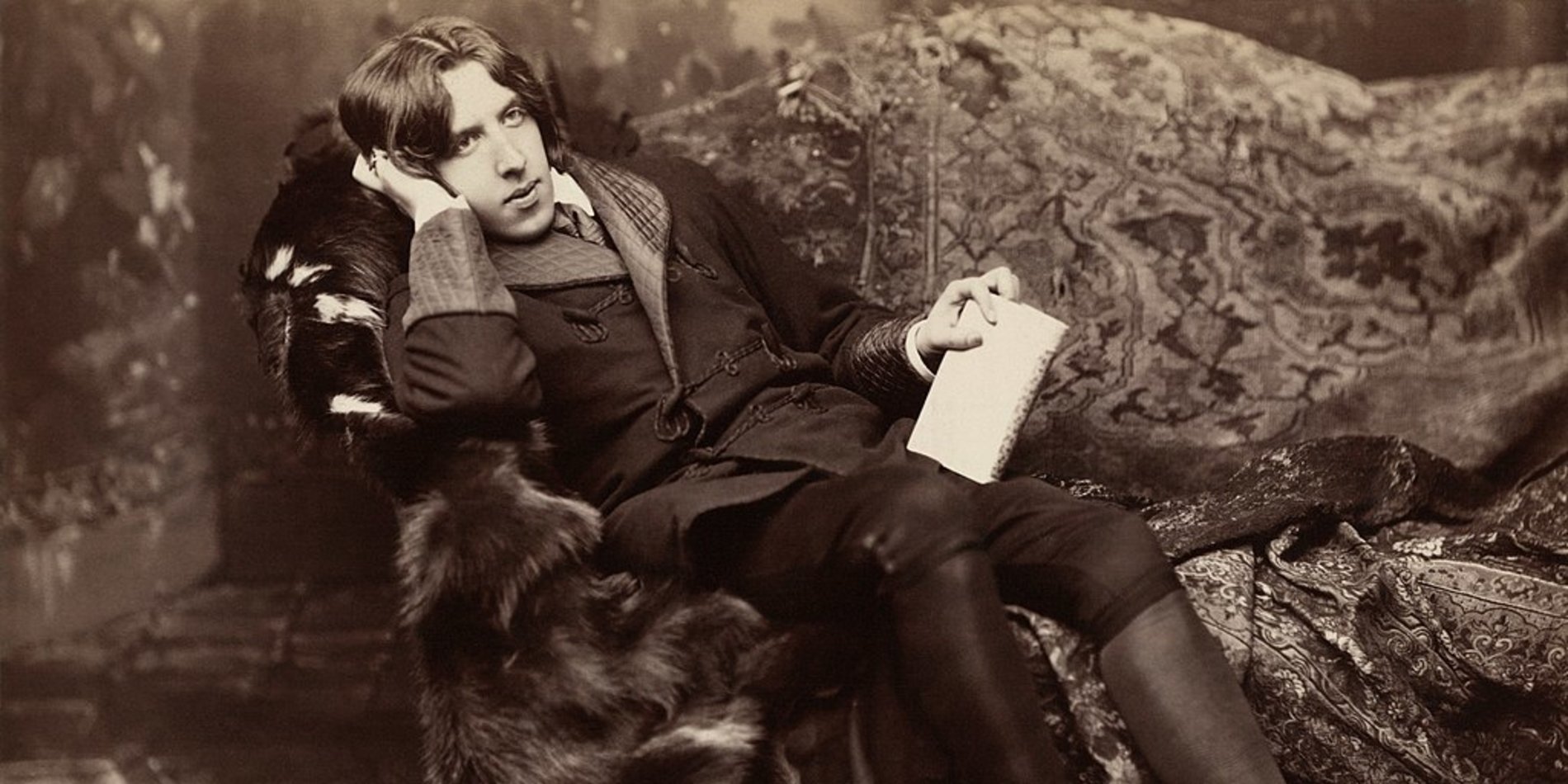PHYSICS 14N: Quantum Information: Visions and Emerging Technologies
This course is expected to experience high student demand. Frosh, sophomores, and new transfers who decide to rank a high-demand course when making their three selections for priority enrollment are advised to select other IntroSems being offered the same quarter for their second and third choices.
Course Description
In a classical computer, information is encoded in bits. Quantum mechanics opens new possibilities for information processing with “qubits.” Qubits offer the potential for exponentially enhancing the speed of computations, and for encrypting information so securely that would-be eavesdroppers are thwarted by the laws of physics. In this seminar, we will develop both an intuition and a rigorous mathematical framework for understanding the remarkable behavior of qubits, through a combination of simple optics experiments, pencil-and-paper algebra, and computer simulations. We will discover how the state of a quantum system is altered by the process of measuring it, and derive a fundamental consequence: the Heisenberg uncertainty principle, which limits our ability to precisely measure forces, distances, and time.
Ultimately, what sets quantum information apart from its classical counterpart is that it can be encoded non-locally, woven into correlations among multiple qubits in a phenomenon known as entanglement. We will discuss paradigms for harnessing entanglement to solve hitherto intractable computational problems or to push the precision of sensors to their fundamental quantum mechanical limits. We will also examine challenges that physicists and engineers are tackling in the laboratory today to enable the quantum technologies of the future.
Meet the Instructor: Hari Manoharan

Associate Professor of Physics with research interest in experimental condensed matter physics



